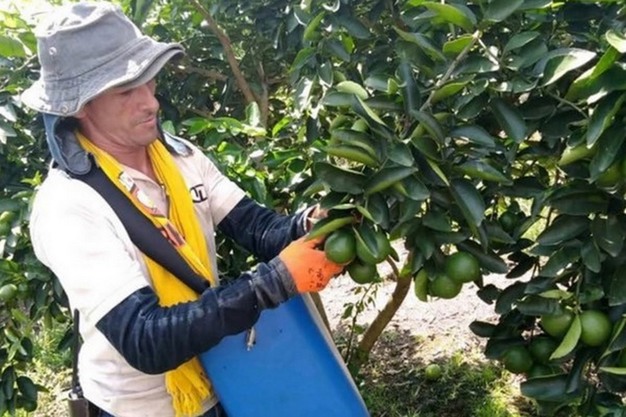The supply of limes from Mexico looks to be uneven at the moment. Right now, approximately 70 percent of the limes are coming into the U.S. from Mexico. “Whether it’s weather-related or crop conditions, the supply is still pretty erratic out of Mexico,” says Alex Teague of World Groves.
While Veracruz is still a sizeable supply region for limes from Mexico, given how tight availability has been out of that area in the winter to early spring in the last few years, other growing areas such as Jalisco have developed as well. “They are starting to find small acreages all over the place to pull limes from,” says Teague.

Supplying countries
While Mexico is still the largest supplier of the fruit, the next largest supplier is Colombia followed by some fruit from Peru, Honduras and other countries. “There’s probably a little bit more supply right now compared to last year and also a bit more from Mexico this year,” adds Teague. He notes that the supply levels are balanced though in another week or two, bigger fruit--175s and larger--will likely tighten up.
Meanwhile demand has been good with strong pulls from foodservice. Domestically retail demand is also really strong. All of this means pricing has been moderate to climbing. “It’s going to continue to get strong through April and then start to come down somewhere in May,” says Teague.
Looking ahead, the supply will continue to come from a mix of countries. “Mexico will probably go down a few percentage points and medium to big fruit will get a little tighter,” he adds.
 For more information:
For more information:
Alex Teague
World Groves
alex.teague@worldgroves.com
www.worldgroves.com
